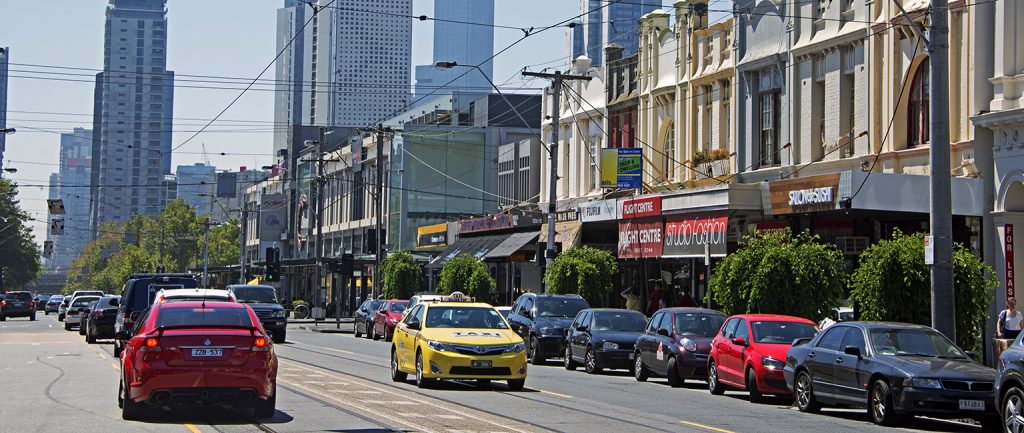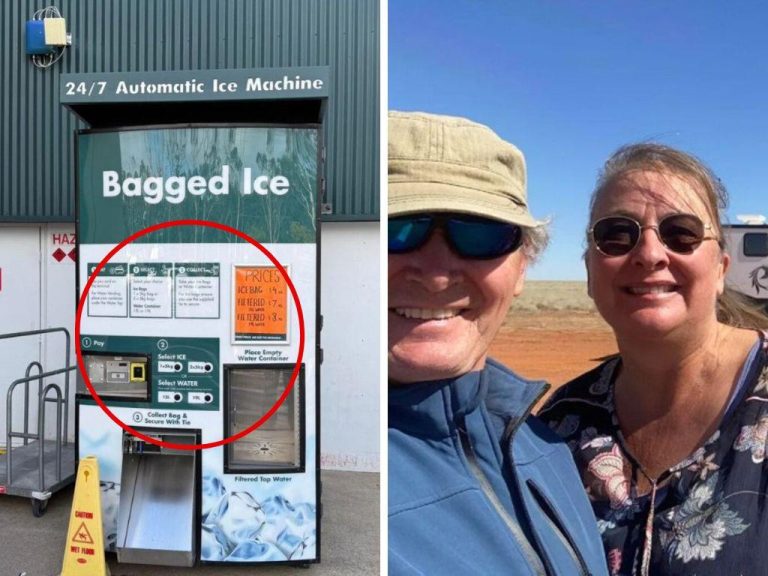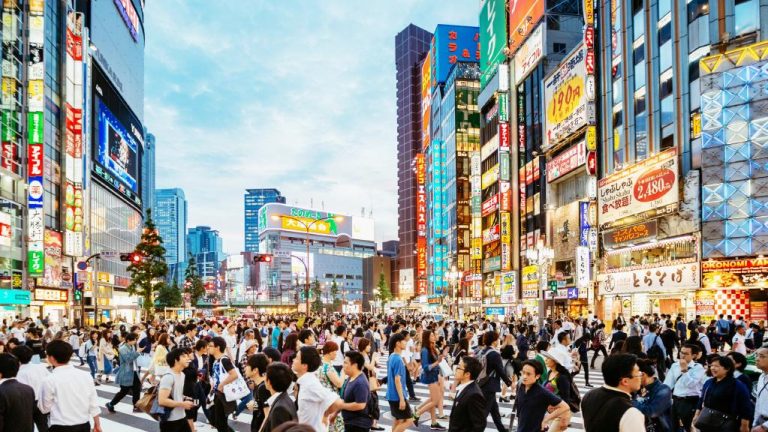Driverless future looms as critical moment for infrastructure

I recently bought a new car, a Volkswagen Golf. My previous car was an ageing Toyota Corolla which, according to my friend Luke, was worse than most university students’ cars.
That and a recurring spiderweb problem freaking my children out pushed me into an upgrade.
Clearly, I’m not a car person. I don’t drive particularly well and I don’t enjoy sitting in traffic, which is why the idea of driverless cars is so appealing to me.
A car that can drive me to and from work, then pay for itself by acting as an Uber during the day, appeals to my lack of desire to drive and my economist’s love of efficiency.
Driverless cars are now a reality and their impact is starting to be considered.
Infrastructure is not immune to technological change
One prediction made at a conference I attended last month was that it could lead to a 20-80% reduction in car use.
While the futurist making the prediction was clearly hedging his bets with such a divergent forecast, a dramatic reduction in car use does raise the question of whether we will need the many roads and freeways we now have.
Investing in roads, historically seen as a surefire way to make money, may no longer be so profitable.
Investing in infrastructure is mostly seen as safe and profitable.

New York’s High Line is a redundant freight rail line converted into a park.
We need water, electricity and gas, we drive on toll roads and use airports, while major projects that are generally government-backed offer a high level of stable returns.
But infrastructure is not immune to technological change. One of the biggest impacts on property in the recent past has been changes to how we generate power. The technology to produce renewable energy is becoming cheaper and more widespread.
In some countries, a move to renewables is pushing energy prices into free fall.
In May, German consumers briefly were paid to consume electricity because of good weather and strong winds leading to an oversupply of that energy source.
The longer-term implications have meant many coal, gas and nuclear plants are being put to the market.
Investing in roads, historically seen as a surefire way to make money, may no longer be so profitable
Unlike a redundant office building, these assets are generally impossible to refit, are located in less than prime areas and frequently have contamination problems. Driverless cars affecting road use may seem a long way off, but their impact may be felt in less than 30 years.
Such change to infrastructure not only affects investors, companies and workers but also the huge tracts of land these assets use.
Like the New York High Line — the redundant freight rail line converted into a park above the streets of that city’s West Side — we may start to see parks and housing on Melbourne’s Monash Freeway. That would be urban infill at its most extreme.
Nerida Conisbee is chief economist of REA Group.
This article originally appeared on www.theaustralian.com.au/property.







